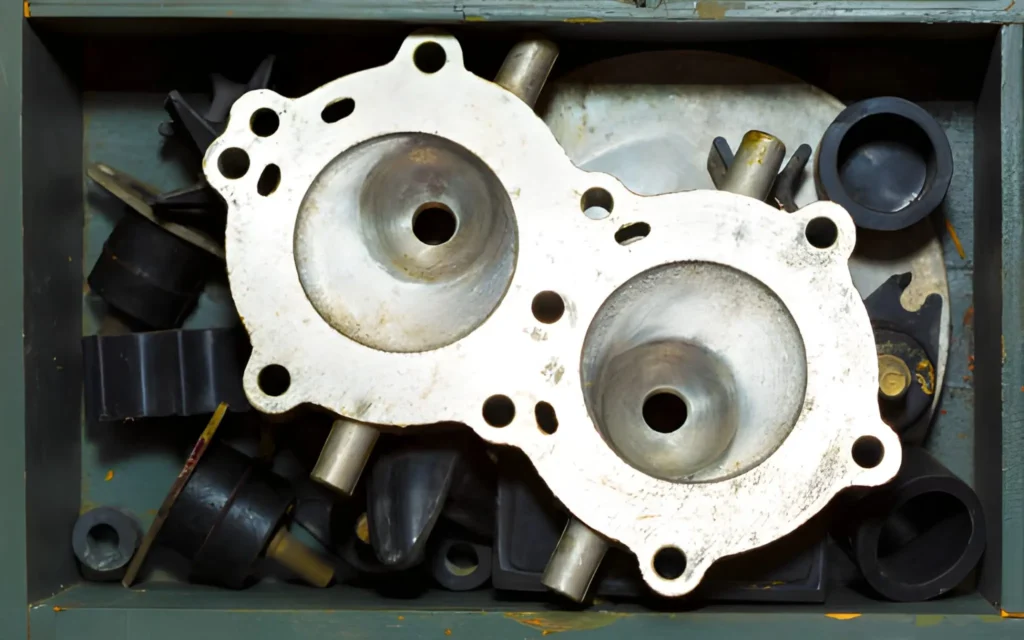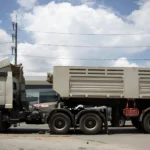Engines are complex machines with hundreds of moving parts working together. While modern engineering has made them more reliable than ever, some components are still prone to wear and failure over time. When one of these parts starts failing, it can quickly lead to bigger issues, from performance drops to complete breakdowns.
Whether you’re hearing strange noises under the hood or noticing rough performance, it’s important to know which parts are most vulnerable. From finding out how much is a harmonic balancer to understanding the role of pulleys and distributors, being proactive about maintenance helps avoid costly repairs.
Internal Engine Issues
1. Harmonic Balancer
The harmonic balancer, also known as the crankshaft damper, reduces vibrations from the engine’s crankshaft. Over time, the rubber or bonding material inside can crack or deteriorate, leading to excessive vibration, misalignment, or even crankshaft damage. If you’ve ever wondered how much is a harmonic balancer, it’s far less expensive to replace this part than to repair the damage it can cause if neglected.
2. Pistons and Rings
Pistons handle extreme heat and pressure, making them susceptible to wear. When piston rings fail, you may notice oil consumption, loss of compression, or smoky exhaust. Replacing them is labor-intensive but crucial for restoring engine performance.
3. Timing Chain or Belt
The timing chain (or belt in some vehicles) keeps the crankshaft and camshaft in sync. If it slips or breaks, the engine may stall or suffer catastrophic damage. Manufacturers often recommend replacement at set mileage intervals to prevent failure.
4. Bearings
Engine bearings keep rotating parts moving smoothly. When lubrication fails due to oil issues, bearings can wear or seize, leading to knocking noises and eventual engine lock-up. Regular oil changes are the best prevention.
5. Overheating Damage
Internal parts like cylinder heads and gaskets are vulnerable if the engine overheats. Warping or cracking in these areas leads to coolant leaks, loss of compression, and expensive repairs. Proper cooling system maintenance helps prevent these failures.
External Engine Issues
1. Idler Pulley
The idler pulley helps guide and maintain tension on the engine’s serpentine belt. When it wears out, you may hear squealing noises or see the belt slipping. If ignored, a failed pulley can cause the belt to snap, leaving you without critical functions like power steering, alternator output, or AC.
2. Water Pump
Though technically part of the cooling system, the water pump is essential for moving coolant through the engine. A leaking or seized pump leads to overheating, which in turn damages internal engine parts. Warning signs include coolant leaks or grinding noises.
3. Alternator
The alternator charges your vehicle’s battery and powers the electrical system. When it fails, you’ll likely notice dim headlights, weak accessories, or a dead battery. Replacing it promptly avoids being stranded.
4. Distributor
In older vehicles, the distributor directs voltage to each spark plug in the correct firing order. A failing Duralast distributor can cause misfires, poor acceleration, and stalling. While newer cars often use coil packs instead, distributors remain a common failure point in classic and older models.
5. Belts and Hoses
Serpentine belts, radiator hoses, and vacuum hoses all degrade over time. Cracking, fraying, or swelling are early signs of failure. Since these parts are inexpensive, replacing them early prevents costly damage to connected systems.
Final Thoughts
Engines may be durable, but they’re not indestructible. Components like the harmonic balancer, idler pulley, and distributor are among the most common to fail, and catching early warning signs can save you time and money. Internal parts like pistons and timing chains are more complex, but they too show symptoms before total failure.
Staying proactive with inspections, listening for unusual noises, and replacing small parts before they break completely helps keep your engine reliable. By addressing both internal and external issues, you’ll extend your engine’s lifespan and avoid unexpected breakdowns.
Also Read-



